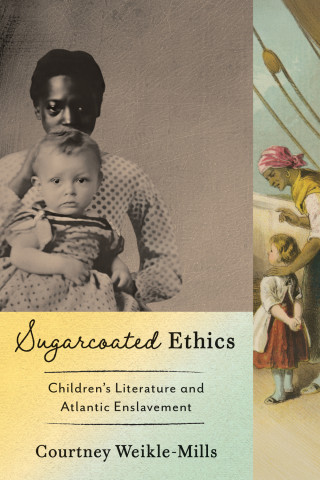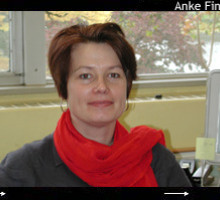
Book Details
Acknowledgments
Chapter 1. Dynamiting the Gesamtkunstwerk: An Introduction to the Aesthetics of the Total Artwork
Part I: Aesthetic Considerations: Fragment, Unity, Chance, Idea
Chapter 2. Variations on
Acknowledgments
Chapter 1. Dynamiting the Gesamtkunstwerk: An Introduction to the Aesthetics of the Total Artwork
Part I: Aesthetic Considerations: Fragment, Unity, Chance, Idea
Chapter 2. Variations on Totality: Romanticism and the Total Work of Art
Chapter 3. Tendency, Disintegration, Decay: Stages of the Aesthetics of the Fragment from Friedrich Schlegel to Thomas Bernhard
Chapter 4. "The Completed Work Is a Rejection of Disintegration and Destruction": A Plea for Aesthetic Unity
Chapter 5. Tout et N'importe Quoi: The Total Artwork and the Aesthetics of Chance
Chapter 6. Idea/Imagination/Dialogue: The Total Artwork and Conceptual Art
Chapter 7. "And a Loose Community Assembles": An Interview with Molly Nesbit
Chapter 8. Form and Reform: An Interview with Mark Alizart
Part II: On Defining and Defying Borders: Genres and Disciplines
Chapter 9. The Gesamtkunstwerk and Interactive Multimedia
Chapter 10. Invisible Wagner
Chapter 11. Music as Imminent Gesamtkunstwerk: Absolute Music, Synesthesia, and The Lucky Hand
Chapter 12. Avant-Garde Theater as Total Artwork? Media-Theoretical Reflections on the Historical Development of Performing Art Forms
Chapter 13. The Drawing as Total Artwork? Image Totality in Carl Einstein and Paul Klee
Chapter 14. Total Artwork vs. Revolution: Art, Politics, and Temporalities in the Expressionist Architectural Utopias and the Merzbau
Chapter 15. The Sorcerer's Apprentice: László Moholy-Nagy and His Light Prop for an Electrical Stage
Chapter 16. Polyglot Poetry: Multilingualism and the Aesthetics of the Gesamtkunstwerk
Chapter 17. Singin' in the Marxist Rain
Chapter 18. Gesamtkunstwerk and Formelkomposition: The Formal Principles of the Multiple Work-Totality in Karlheinz Stockhausen's Light
Notes
List of Contributors
Index






